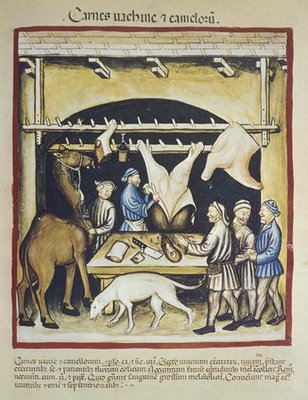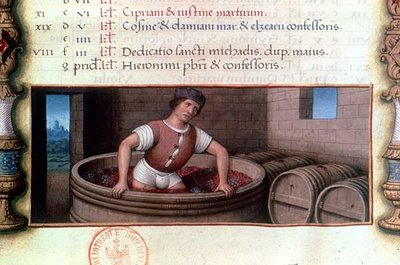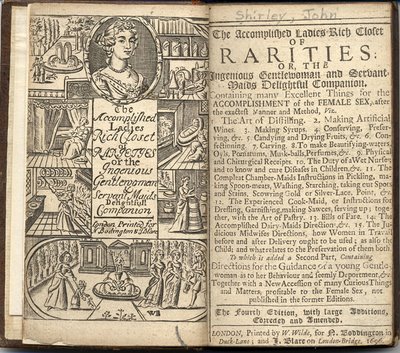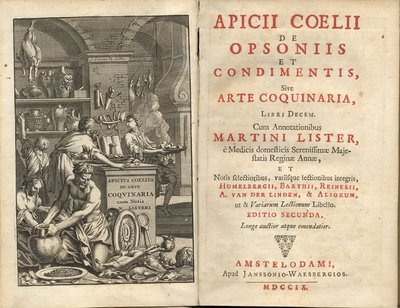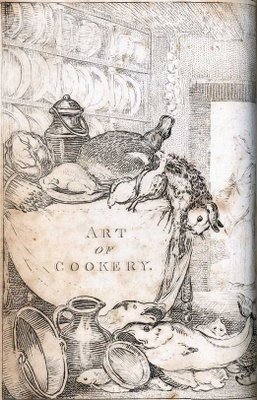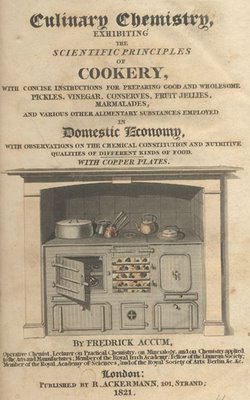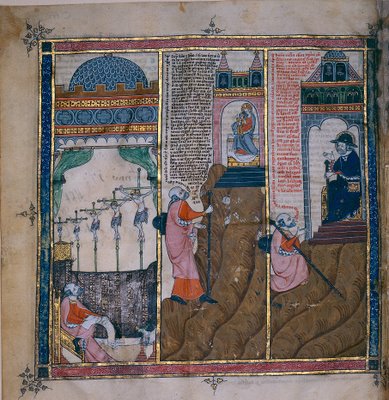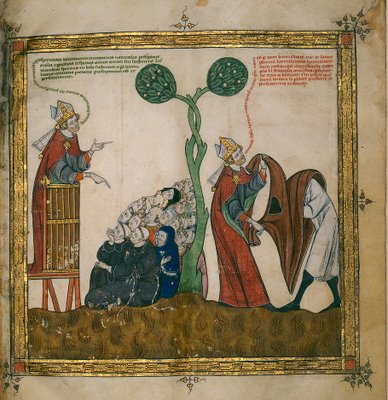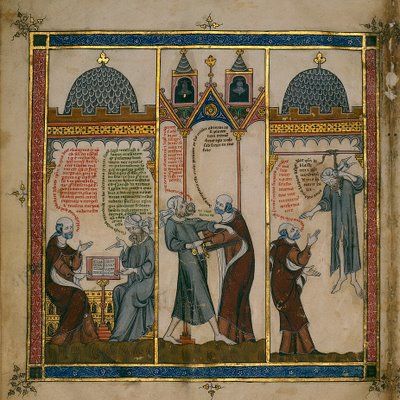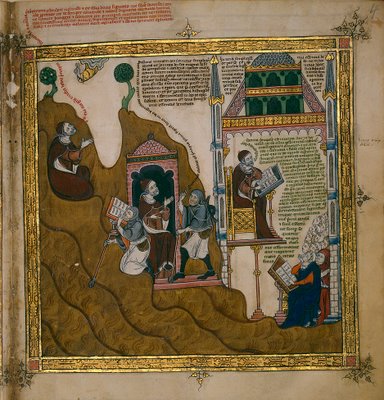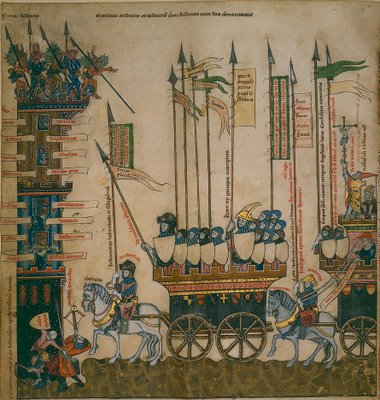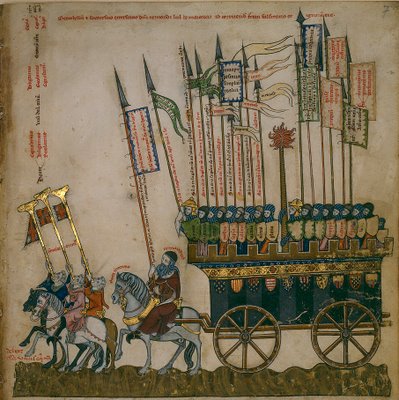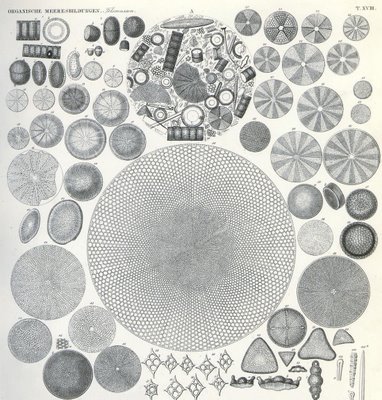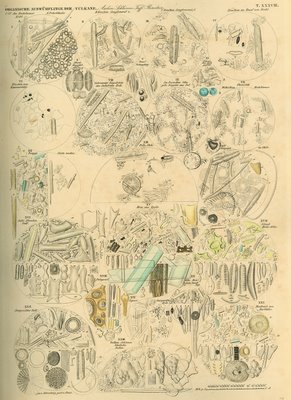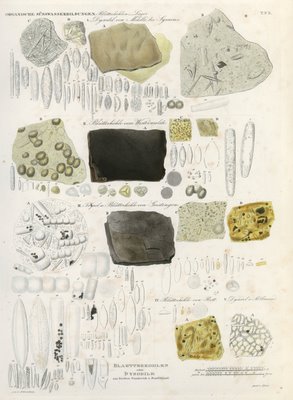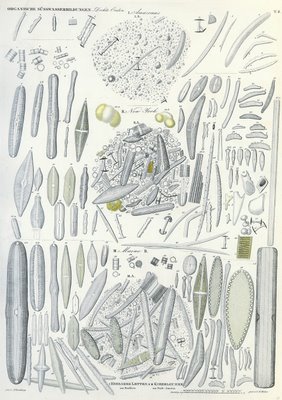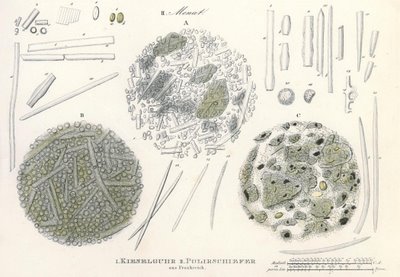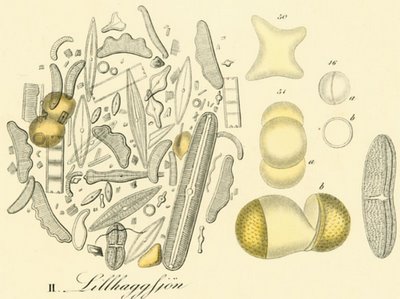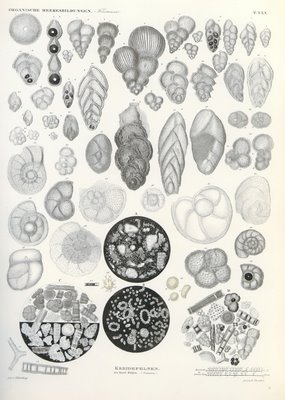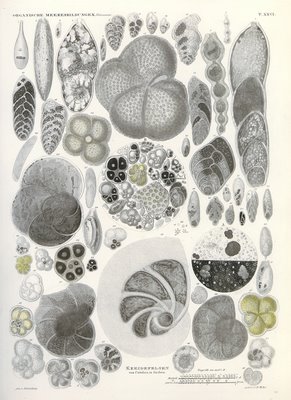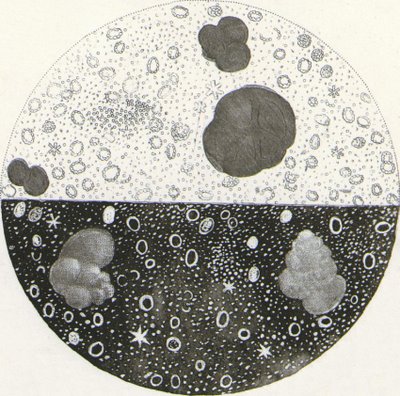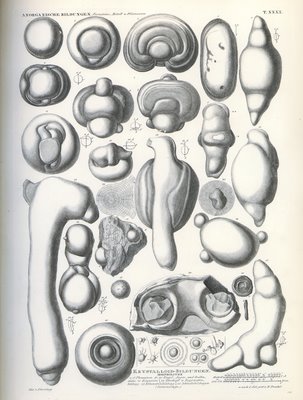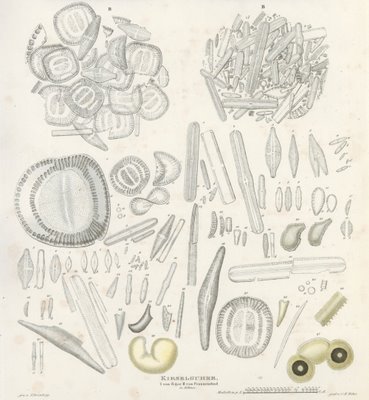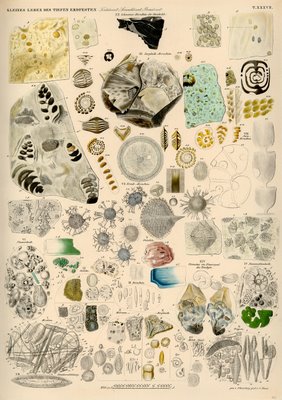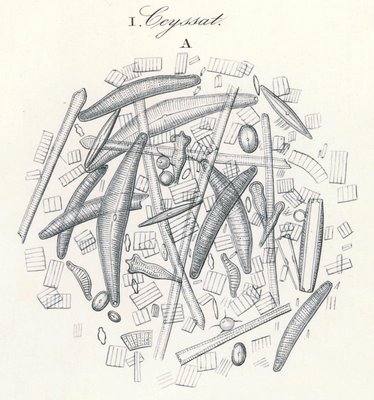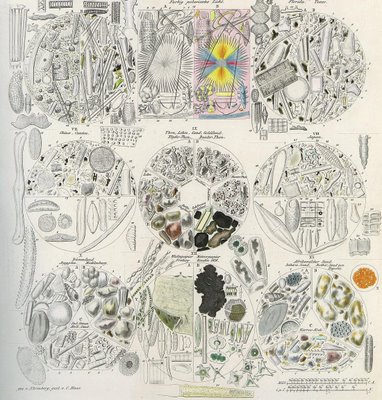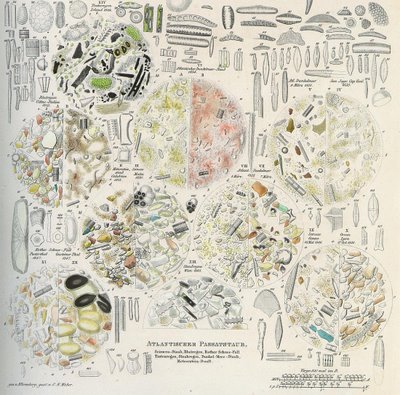Ireland, revised and improved 1764"
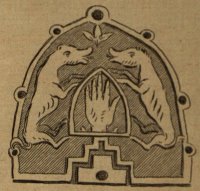

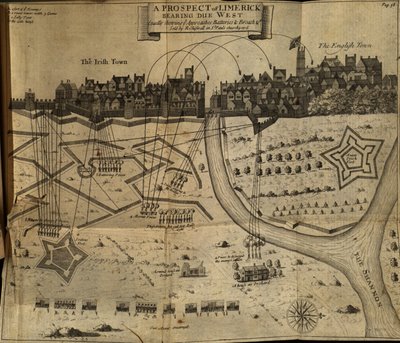
Batteries Approaches & Breach etc.' IN: "A True and Impartial History
of the Most Material Occurrences in the Kingdom of Ireland During the Two
Last Years With the Present State of Both Armies" by George Story, 1693.
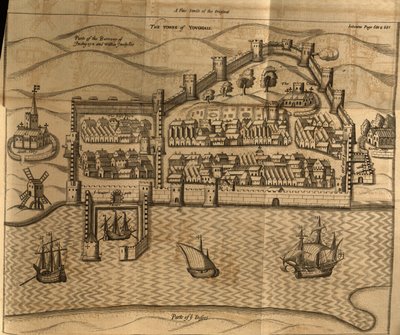
During the Reign of Queen Elizabeth : Taken From the Original Chronicles.
Illustrated with Portraits of Queen Elizabeth and the Earl of Totness; and Fac similes
of all the Original Maps and Plans" [first published 1633 by Sir Thomas Stafford] 1810.
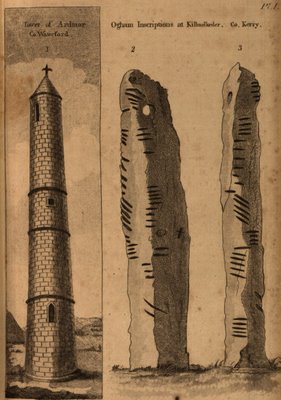
Ed. by Charles Vallancey published in 6 volumes between 1770-1804.
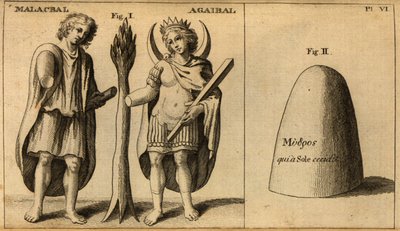
published in 6 volumes between 1770-1804.
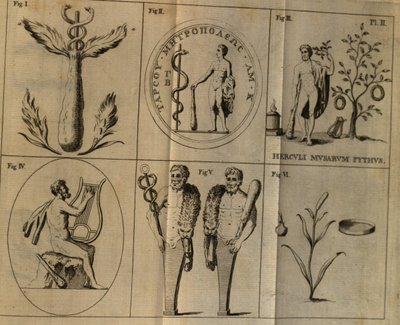
published in 6 volumes between 1770-1804.
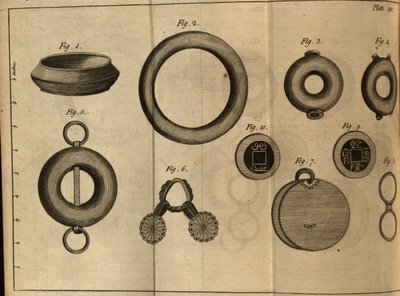
published in 6 volumes between 1770-1804.
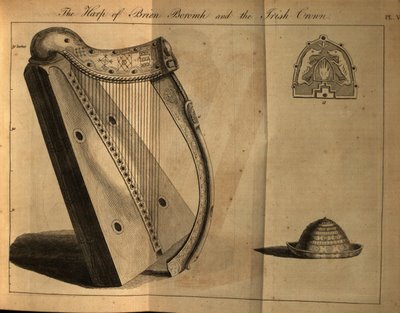
Hibernicis" Ed. by Charles Vallancey published in 6 volumes between 1770-1804.
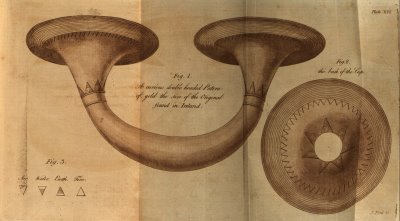
in Ireland' IN: "Collectanea de Rebus Hibernicis" Ed. by Charles Vallancey
published in 6 volumes between 1770-1804.

Ed. by Charles Vallancey published in 6 volumes between 1770-1804.
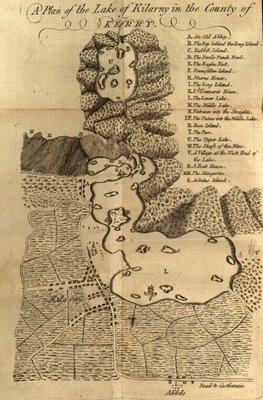
Letter from a Gentleman in Dublin, to his Friend at Dover in Kent. Giving a General
View of the Manners, Customs, Dispositions, &c. of the Inhabitants of Ireland.
With Occasional Observations on the State of Trade and Agriculture in that
kingdom ... Collected in a Tour through the Kingdom in the Year 1764" by John Bush.

This is included in the collection so I'm assuming it's from Ireland.
Villanova University in Pennsylvania have a collection of 108 images from old books relating to Ireland. (full set of thumbnails on a single page) Though some of the material appears to be age-deteriorated, it's great to find any material online pertaining to Ireland.
The writings of Charles Vallancey (majority of images above) on the ethnic origins of Irish peoples and theories about Irish antiquities and oriental/aryan/linguistic tropes, are worth noting particularly because they appear to have been based entirely on imagined evidence or spurious assumptions...
"George Petrie says: "It is a difficult and rather unpleasant task to follow a writer so rambling in his reasonings and so obscure in his style; his hypotheses are of a visionary nature." The Quarterly Review declares that: "General Vallancey, though a man of learning, wrote more nonsense than any man of his time, and has unfortunately been the occasion of much more than he wrote. The Edinburgh Review says: "To expose the continual error of his theory will not cure his inveterate disease. It can only excite hopes of preventing infection by showing that he has reduced that kind of writing to absurdity, and raised a warning monument to all antiquaries and philologians that may succeed him." "[source]
- 'Orientalism and Race: Aryanism in the British Empire' by Tony Ballantyne 2002 {book review by Carolyn Neel}.
- 'The Round Towers of Ireland' - essays from 19th century (see links bottom of page) at Library Ireland.
- Just because it came up on the radar: County Waterford Image Archive - mostly photographs, but there are a number of photocopy quality book images [via].
- Ancient Ireland.
- Irish History.



